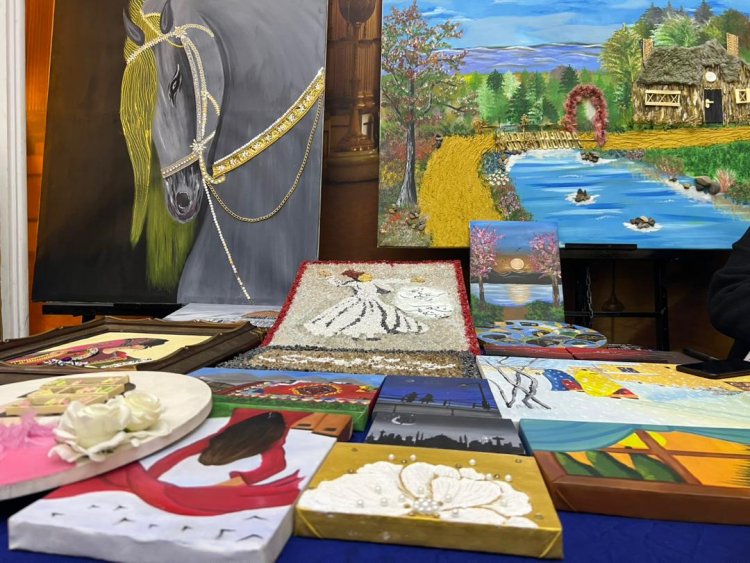Stone and Memory: Afghanistan’s Stone Engravers Fight to Save Their Art

In a narrow alley in central Kabul, Abdul Haq Binawa’s stone-engraving workshop sits in near-total silence. The faint scrape of chisel against stone—once the heartbeat of the shop—now surfaces only occasionally. Fifty-five years of craftsmanship and the heritage of several generations are fading before his eyes. The master carver stands alone among stone tablets no one comes to buy anymore.
“The pulse of this art has weakened,” Binawa says. “Customers are gone, and economic pressure has exhausted us.”
He inherited the craft from his father and once produced dozens of stone tablets each month. The walls around him still display traces of past decades: delicate mosque inscriptions, ornate office plaques, Qur’anic verses carved letter by letter.
But the return of the Taliban brought a sudden collapse. Markets for handmade arts shrank, workshops closed, and artists abandoned their craft simply to survive.
“People used to buy our work for homes, mosques, offices,” he says. “Now there is no market, and we can’t even cover our basic costs.”
Today, only four apprentices remain—young men holding onto the hope that the tradition might outlive their generation. Binawa says he could train many more if financial support existed, but without buyers, even skilled hands have nowhere to go.
Hundreds of kilometers away in Mazar-e-Sharif, veteran carver Sharif Hadafmand tells a parallel story. For forty-one years, he carved inscriptions with dozens of apprentices working beside him. Now, economic pressures have shrunk his workshop to a single room.
“My livelihood depended on this craft,” Hadafmand says. “People can no longer afford our work, and the art is close to disappearing.”
He has participated in exhibitions across Afghanistan to keep the craft visible, yet shrinking markets and new cultural restrictions have blunted these efforts. Since the Taliban’s return, many stone engravers have walked away from the profession, discouraged by the lack of recognition and opportunity.
“I once taught more than ten apprentices,” he adds. “Now only a few remain. We protected this craft like a heritage—but without support, it will vanish.”
Cultural advocates warn that reviving stone engraving—and other Islamic artistic traditions—requires urgent intervention. Abid Momand, a cultural activist, says the history of stone engraving is intertwined with Afghanistan’s Islamic heritage and collective memory, yet economic decline and strict social controls have suffocated its growth.
“Artists across all fields need support and opportunities,” Momand says. “Most are struggling under economic hardship and cultural restrictions. Solutions must be found.”
In a country where decades of conflict have fractured historical memory, stone engraving is more than a craft. It is a thread connecting Afghanistan to its past—one that is now perilously close to snapping.
